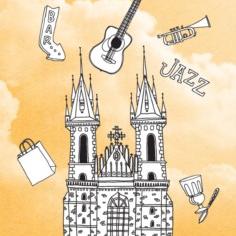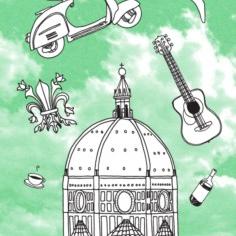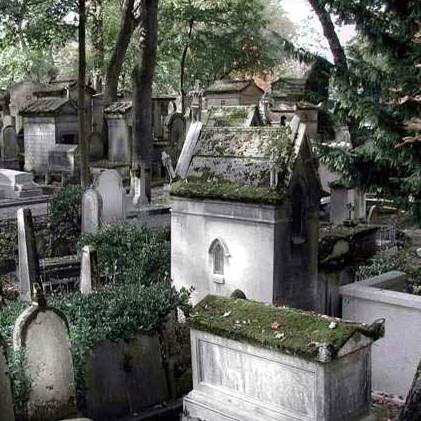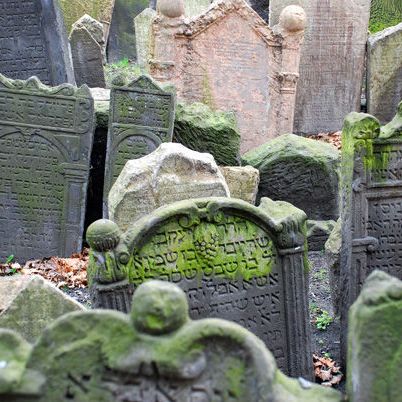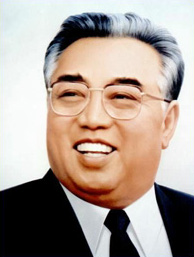 “Do not bow at the head. Do you understand?”
“Do not bow at the head. Do you understand?”
I nod. My guide licks her lips anxiously. “Not-the-head,” she reiterates, pointing a perfectly-manicured finger at her temple. “Very disrespectful.” I nod the same nod, and she replies with an uncertain smile. “Then let’s go meet him.”
It’s my third day in North Korea and we’re outside Kumsusan Memorial Palace: the once-residence and now mausoleum of ‘eternal president’ Kim Il-sung. A colossal white-brick cathedral to the revolutionary leader, its reputation as the country’s most important pilgrimage site is cemented by the long queue of personally-invited, immaculately-turned-out Koreans eagerly awaiting a glimpse of their Great Leader. Continue reading
